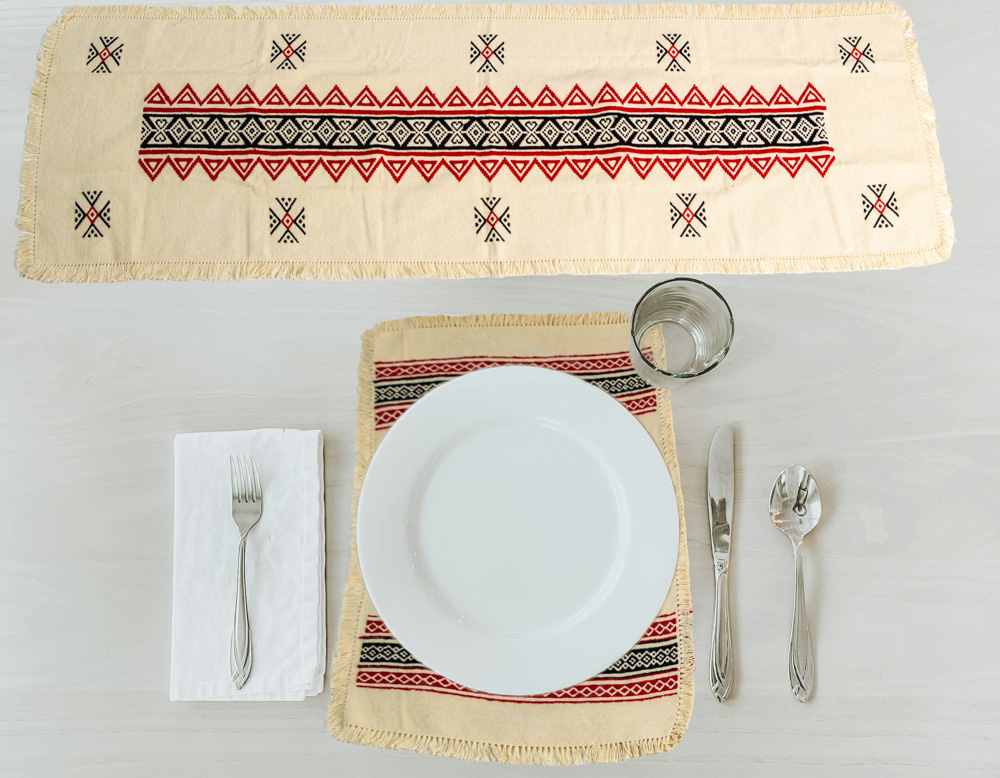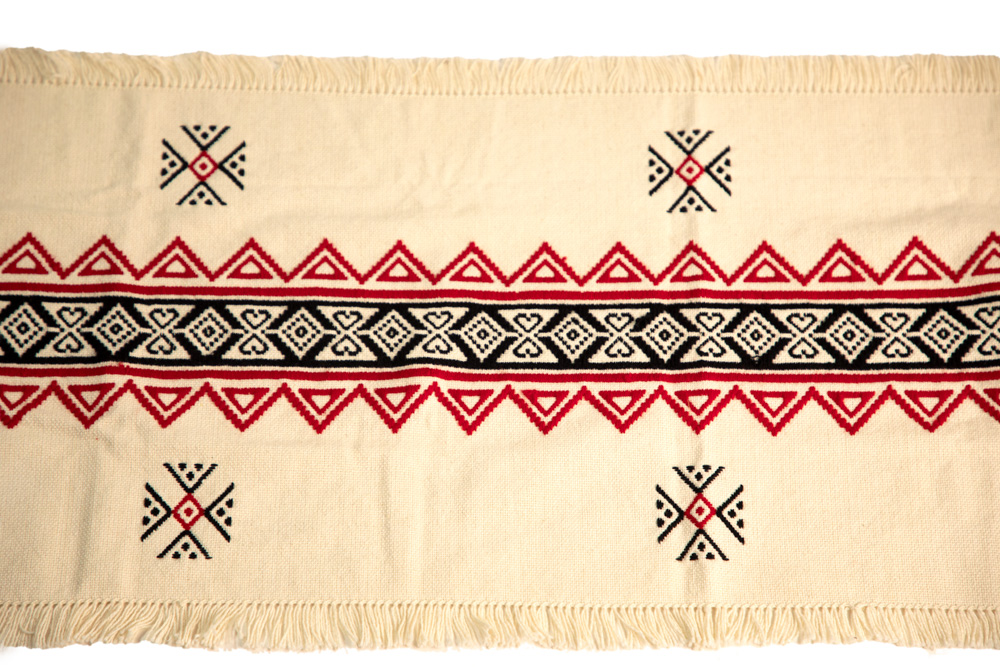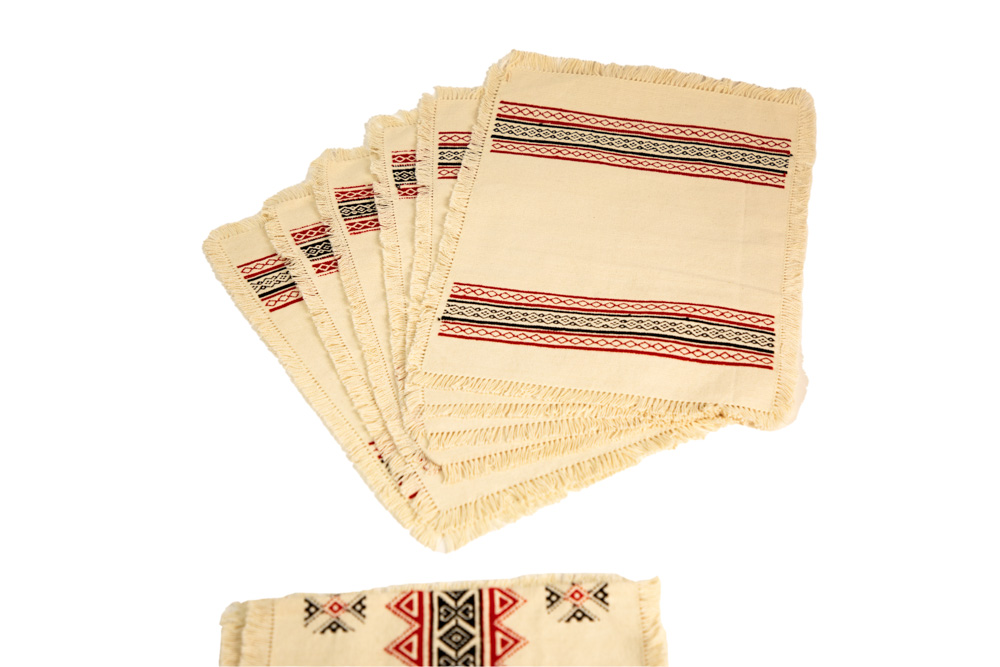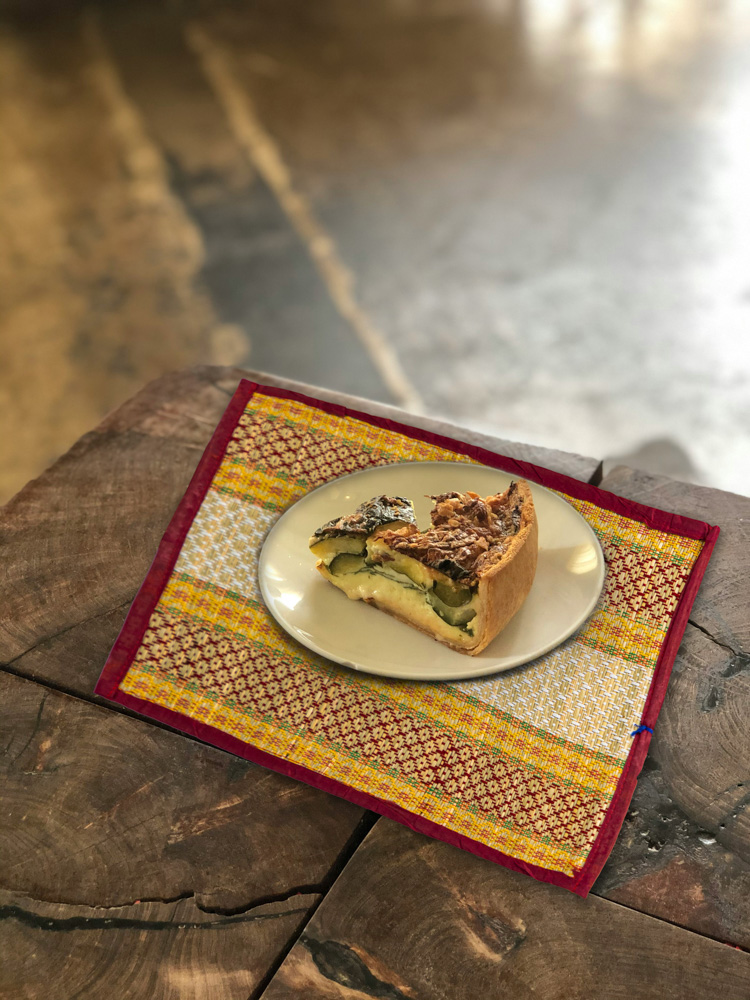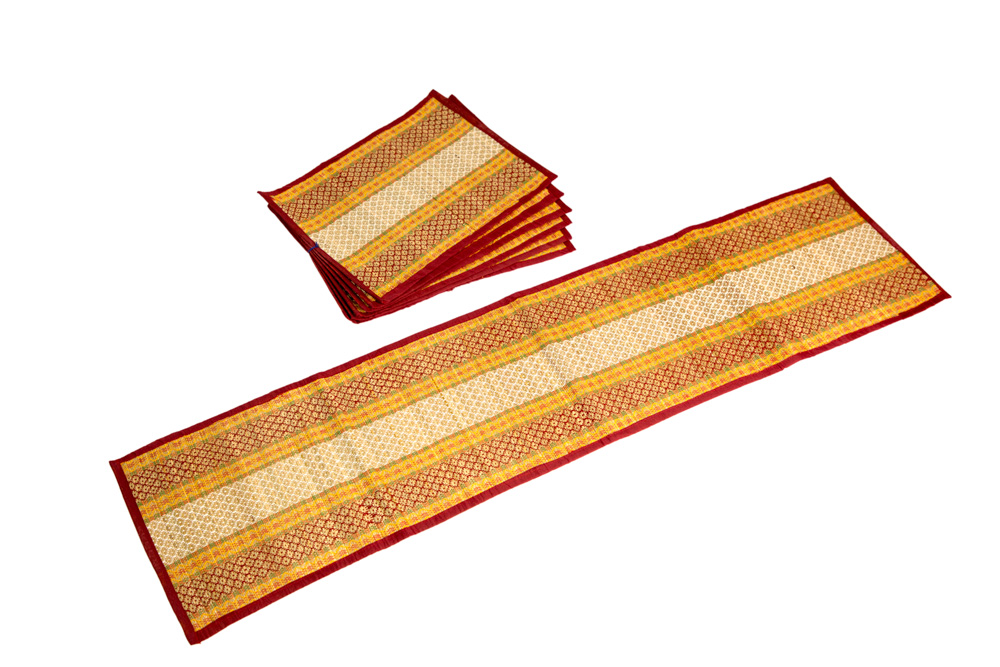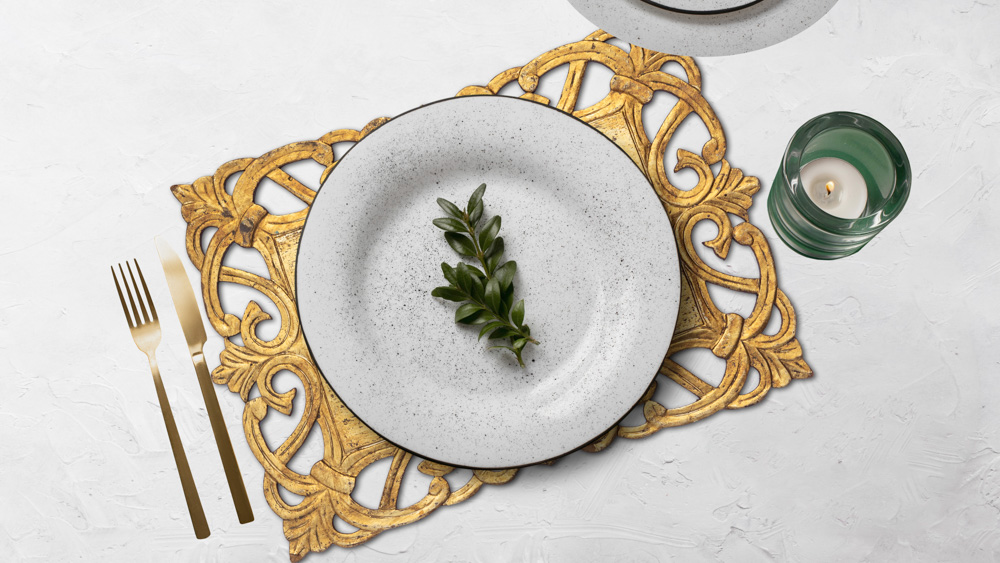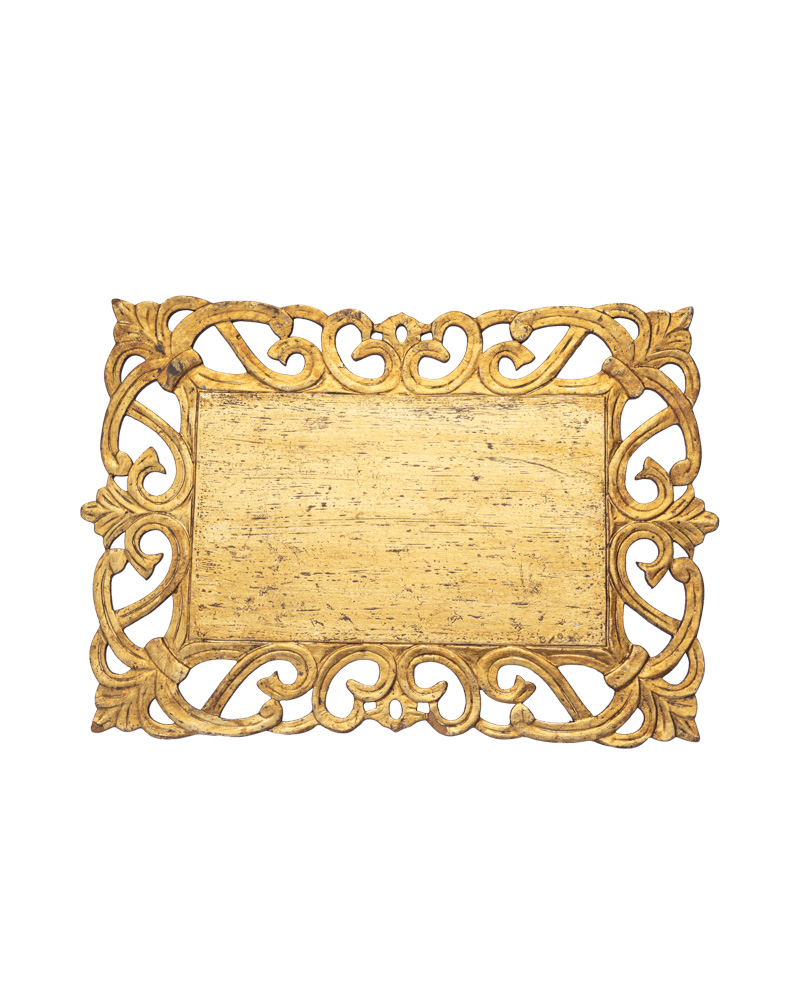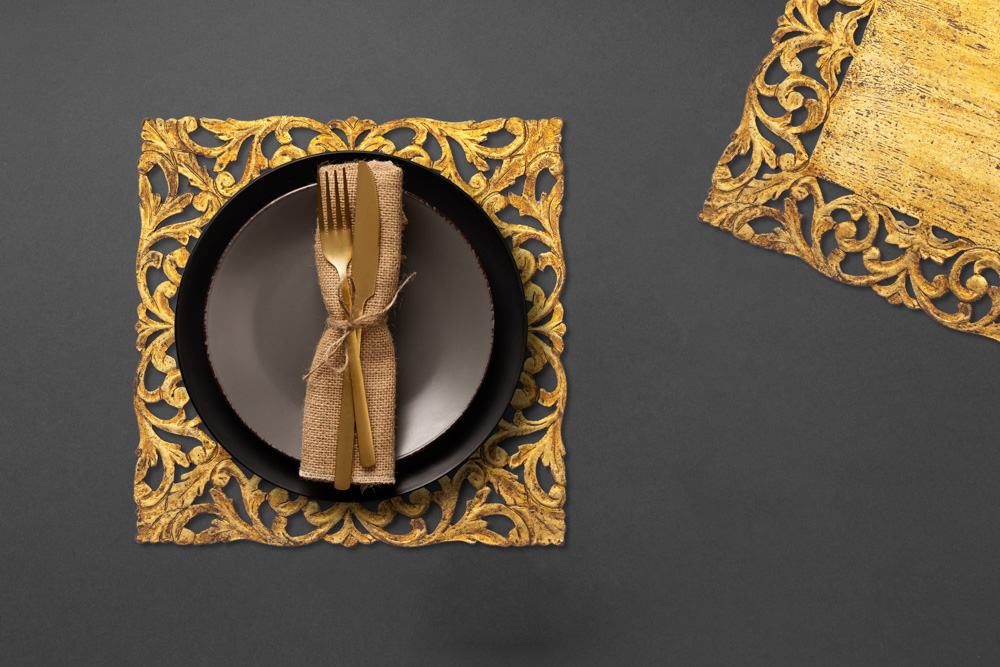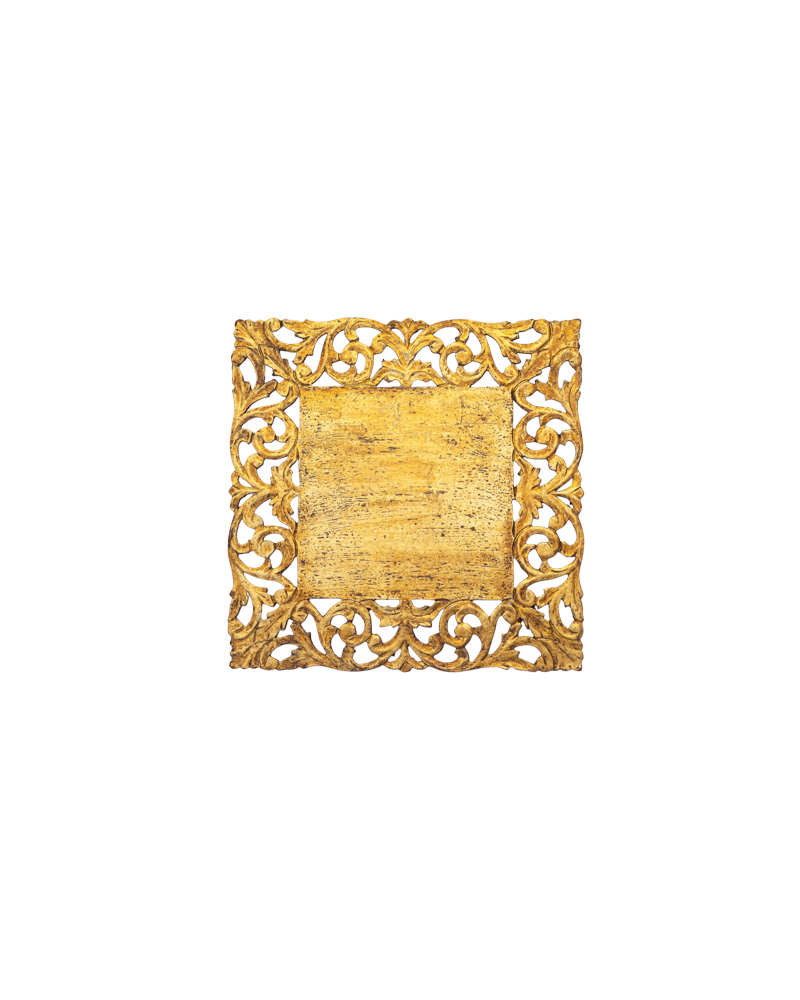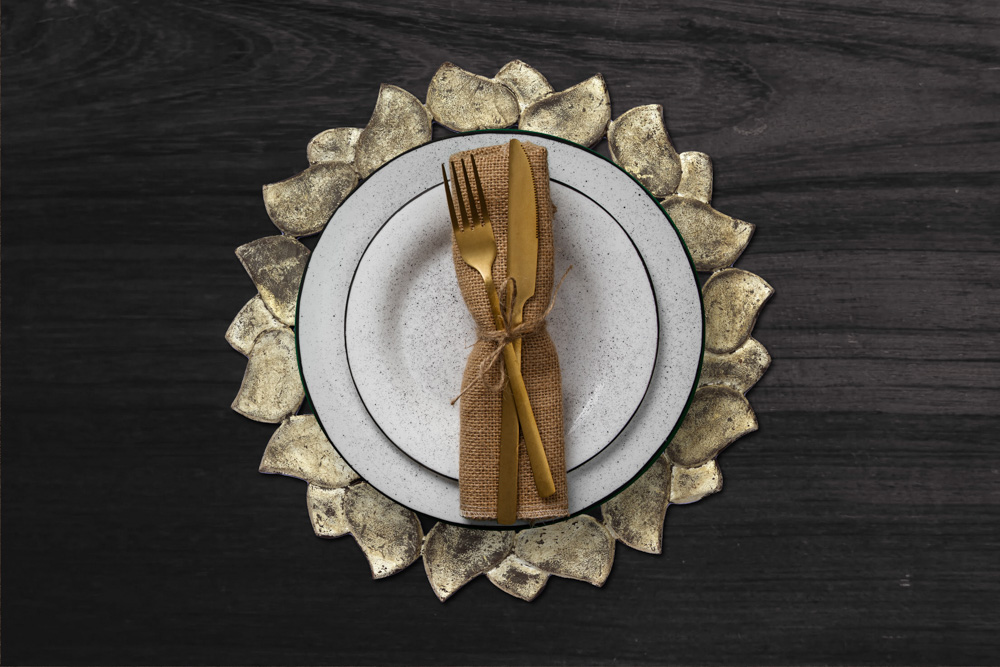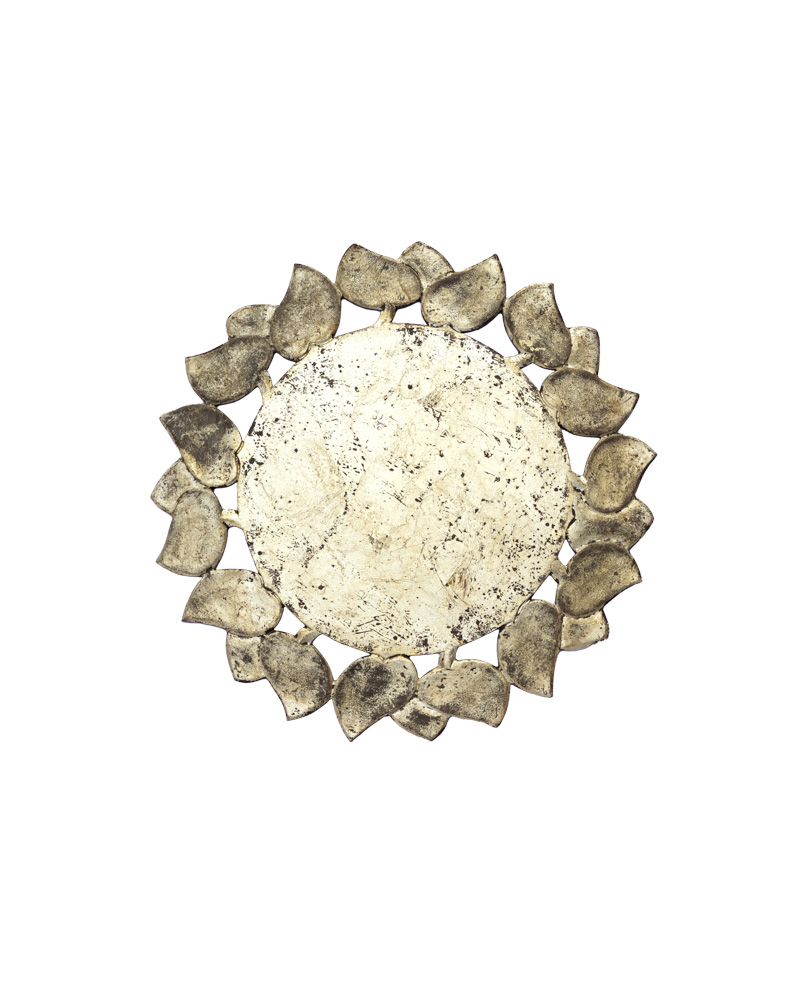Description
Indulge in the natural beauty and exquisite craftsmanship of Madhurkathi with our exclusive collection. Sourced from the lush wetlands of Bengal, Madhurkathi is a traditional craft made from the stems of the reed plant. Handcrafted by skilled artisans using age-old techniques, each Madhurkathi product is a true testament to the rich cultural heritage of the region, adding a touch of rustic charm to your home.

